The Sultan Qaboos Grand Mosque stands as one of the most breathtaking landmarks in Oman, representing the nation’s commitment to Islamic traditions, cultural heritage, and architectural excellence. Located in Muscat, this mosque is not only a place of worship but also an iconic Muscat attraction that draws tourists and scholars alike. It is a must-visit site for those exploring Oman tourist destinations, offering an awe-inspiring glimpse into Islamic art, spirituality, and Omani culture.
With its grand minarets, intricate tilework, and a blend of traditional and modern design elements, the mosque serves as a symbol of harmony and religious devotion. Whether you are drawn by its architectural beauty, its serene atmosphere, or the opportunity to learn more about Islam, the Sultan Qaboos Grand Mosque promises an unforgettable experience.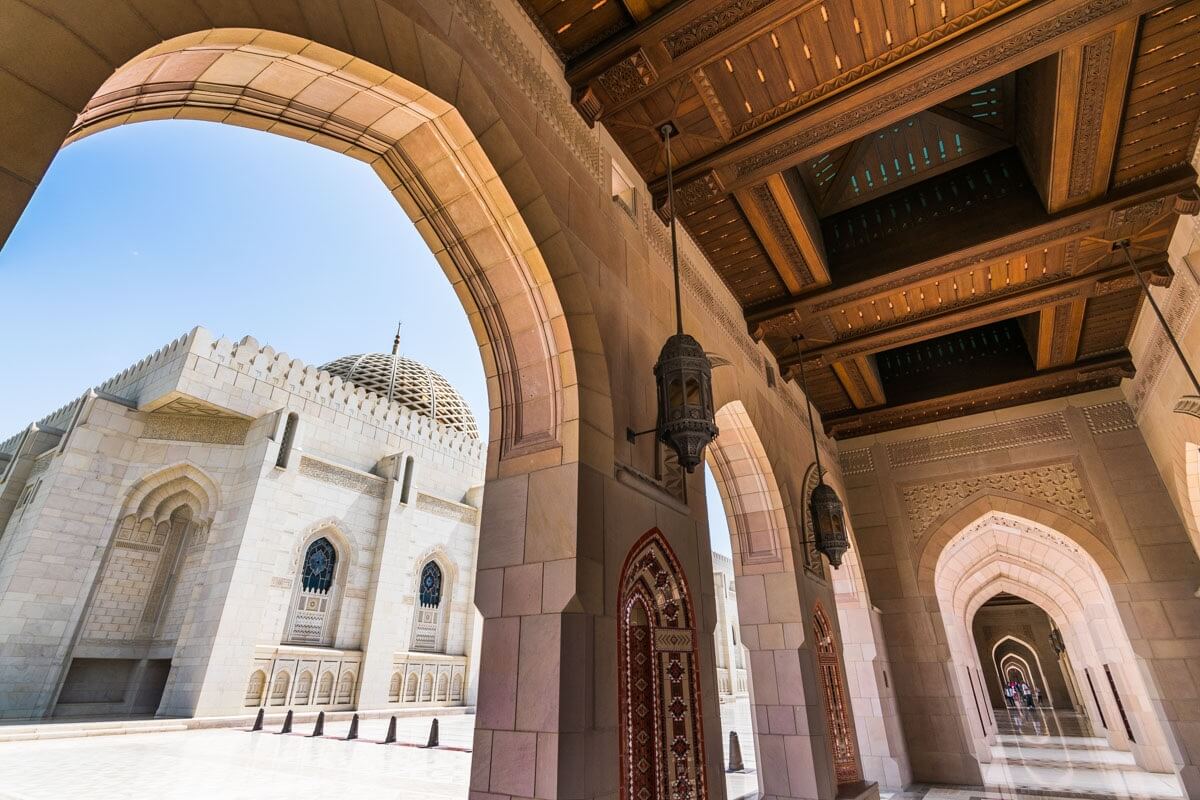
Architectural Marvels of the Sultan Qaboos Grand Mosque
The Sultan Qaboos Grand Mosque stands as one of the most impressive and architecturally significant landmarks in Oman, embodying the nation’s rich artistic heritage and Islamic traditions. This architectural masterpiece combines a variety of influences, including Persian, Mughal, and Omani styles, which come together in a harmonious blend that reflects Oman’s cultural diversity. The mosque’s grandeur is not just in its size but in the meticulous attention to detail, intricate designs, and symbolic elements that have been thoughtfully integrated into its construction.
Exterior Design and Layout
The mosque’s exterior is a stunning example of architectural finesse, constructed from over 300,000 tons of Indian sandstone. This material gives the mosque its timeless, majestic appearance, adding a sense of permanence and strength to the structure. The grandeur of the building is immediately evident upon arrival, with its vast expanse and elegant lines dominating the skyline.
At the heart of the mosque’s design is its central prayer hall, crowned with a remarkable 50-meter-high dome that stands as a testament to the mosque’s architectural grandeur. Surrounding the dome are five minarets, each symbolizing the five pillars of Islam. The tallest of these minarets rises to an impressive height of 90 meters, making it the tallest in Oman and one of the mosque’s most recognizable features.
The mosque is set in a spacious layout with large courtyards, which are meticulously landscaped with lush gardens, fountains, and well-maintained pathways. These outdoor spaces serve as peaceful sanctuaries for both worshippers and visitors, inviting reflection and relaxation. The grand entrance archway, adorned with intricate geometric carvings and Arabic calligraphy, further accentuates the mosque’s majestic appeal, setting the tone for the grandeur that awaits within.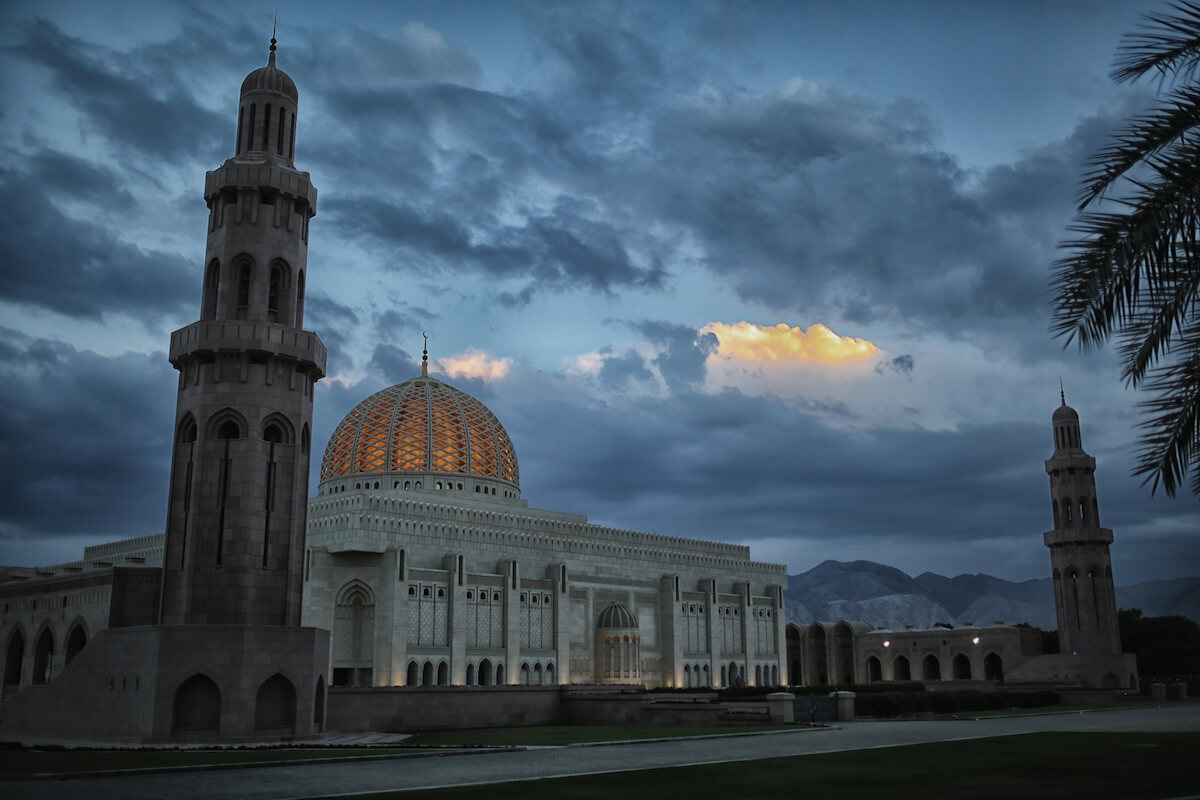
Interior Highlights
Stepping inside, visitors are greeted by an atmosphere of tranquility and opulence. The prayer hall can accommodate over 6,500 worshippers, while the entire complex can hold up to 20,000 people. One of the most striking features of the interior is the massive Persian carpet, which covers the main prayer hall. Measuring 70 by 60 meters and weighing approximately 21 tons, it is one of the largest hand-woven carpets in the world. This masterpiece was created by 600 Iranian weavers over a period of four years.
Above the carpet, a grand chandelier made of Swarovski crystals and Italian glass hangs from the central dome. This dazzling fixture weighs 8.5 tons and is adorned with 600,000 crystals, making it one of the largest chandeliers in the world. The chandelier’s intricate design and golden framework add to the mosque’s regal ambiance.
The mosque’s walls and ceilings are adorned with Islamic calligraphy, floral motifs, and geometric patterns, reflecting the artistry of Islamic culture. Natural light filters through beautifully crafted stained-glass windows, creating an ethereal glow inside the prayer hall.
Cultural Significance and Role in Omani Society
While the Sultan Qaboos Grand Mosque is undoubtedly a stunning example of architectural prowess, it also plays a central role in Omani society, serving as a hub for religious education, cultural exchange, and interfaith dialogue. The mosque is not just a place of worship; it is a living institution that fosters learning, understanding, and community engagement.
A Center for Islamic Learning
The mosque is home to an Islamic Information Center and a comprehensive library, which houses thousands of books covering a broad range of topics related to Islamic theology, philosophy, history, and culture. These resources serve as a valuable tool for visitors and locals alike who are interested in deepening their understanding of Islam and its rich intellectual heritage.
In addition to the library, the mosque regularly organizes lectures and educational programs aimed at promoting religious education. These initiatives foster discussions on Islamic traditions, helping to build a bridge of understanding between people of various cultural backgrounds. The mosque’s open-door policy welcomes visitors of all faiths to explore the space, learn about Islam, and engage in meaningful conversations with knowledgeable guides.
Community Engagement
Regular lectures, workshops, and exhibitions are held within the mosque to educate the public about Islam and its teachings. These events also provide a platform for fostering unity and understanding among people of different backgrounds. The mosque’s open-door policy demonstrates Oman’s commitment to tolerance and inclusivity.
Visiting the Sultan Qaboos Grand Mosque
The Sultan Qaboos Grand Mosque is also a key venue for promoting community engagement and social cohesion. The mosque regularly hosts lectures, workshops, and exhibitions that focus on various aspects of Islam, offering opportunities for the public to learn more about the religion and its practices. These events serve as a platform for fostering unity, understanding, and respect among people from diverse backgrounds.
The mosque’s commitment to inclusivity is evident in its open-door policy, where people of all religions and cultures are welcomed to learn and engage with the mosque’s offerings. This openness reflects Oman’s broader values of tolerance and acceptance, making the mosque a symbol of the country’s commitment to fostering peace and harmony.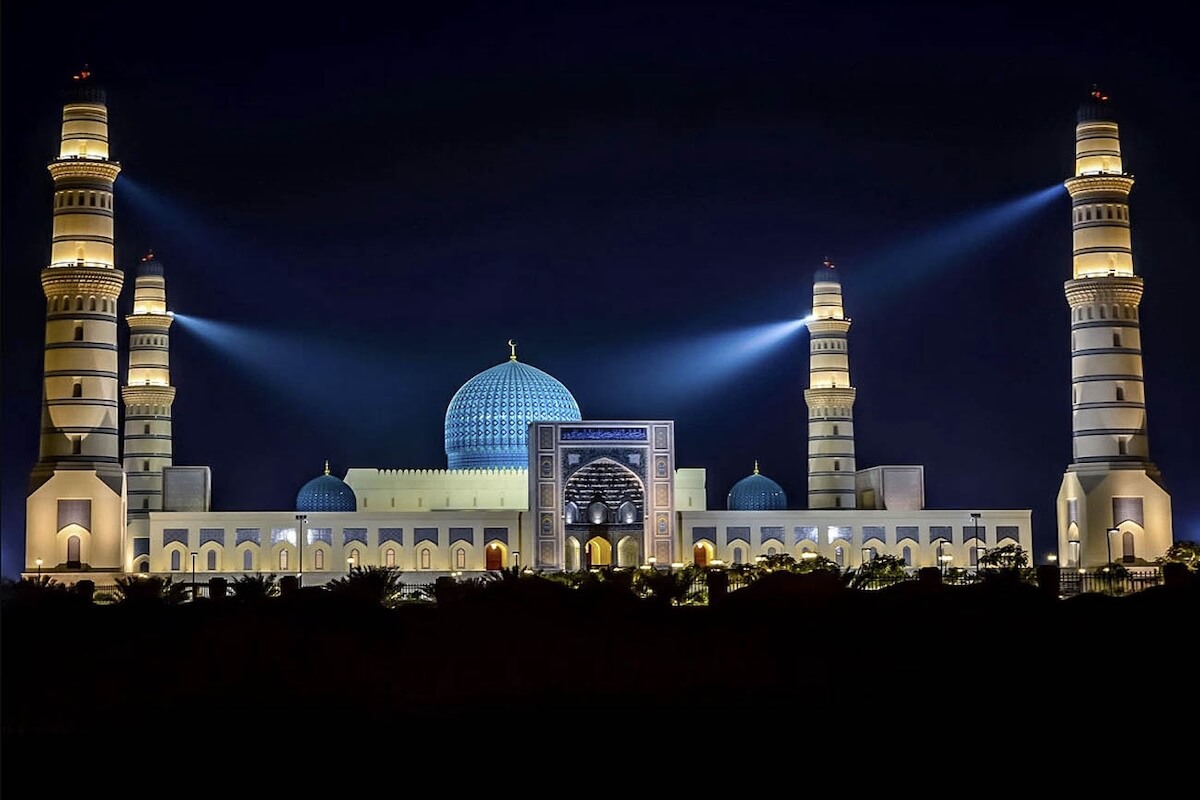
Visitor Guidelines
- Opening Hours: Non-Muslim visitors are welcome to visit the mosque from Saturday to Thursday, between 8:00 AM and 11:00 AM. These visiting hours allow visitors to explore the mosque in a peaceful and reflective atmosphere, without disturbing the ongoing prayers.
- Dress Code: Modest attire is required to enter the mosque, reflecting the importance of respect for Omani cultural and religious traditions. Women are required to wear a headscarf and cover their arms and legs, while men should wear long trousers and shirts with sleeves. This dress code ensures that visitors maintain a respectful appearance while inside the mosque.
- Age Restrictions: Children under 10 years old are generally not allowed inside the main prayer hall.
- Photography: Visitors are allowed to take photographs inside the mosque, but it is important to do so respectfully. Photography should not interfere with worshippers, and visitors should be mindful not to disrupt the sacred atmosphere of the prayer hall.
Nearby Attractions
After visiting the mosque, travelers can explore other top Muscat attractions, including:
- Royal Opera House Muscat: A stunning venue for cultural performances, the Royal Opera House Muscat hosts international opera, ballet, and music performances, making it a must-see for those interested in the arts.
- Mutrah Souq: A vibrant, traditional marketplace where visitors can shop for Omani handicrafts, spices, textiles, and souvenirs, giving a glimpse into the local culture and commerce.
- Al Jalali and Al Mirani Forts: Located on the waterfront, these historic forts provide panoramic views of the city and harbor, offering insights into Oman’s military history and coastal defenses.
- Qurum Beach: A peaceful spot along the Arabian Sea, perfect for relaxation, picnicking, or enjoying the sunset by the water.
Why the Sultan Qaboos Grand Mosque Should Be on Your Travel List
The Sultan Qaboos Grand Mosque is more than just an architectural marvel; it is a spiritual and cultural landmark that reflects the values and heritage of Oman. Whether you are a history buff, an architecture enthusiast, or a traveler seeking a serene retreat, this mosque offers something for everyone.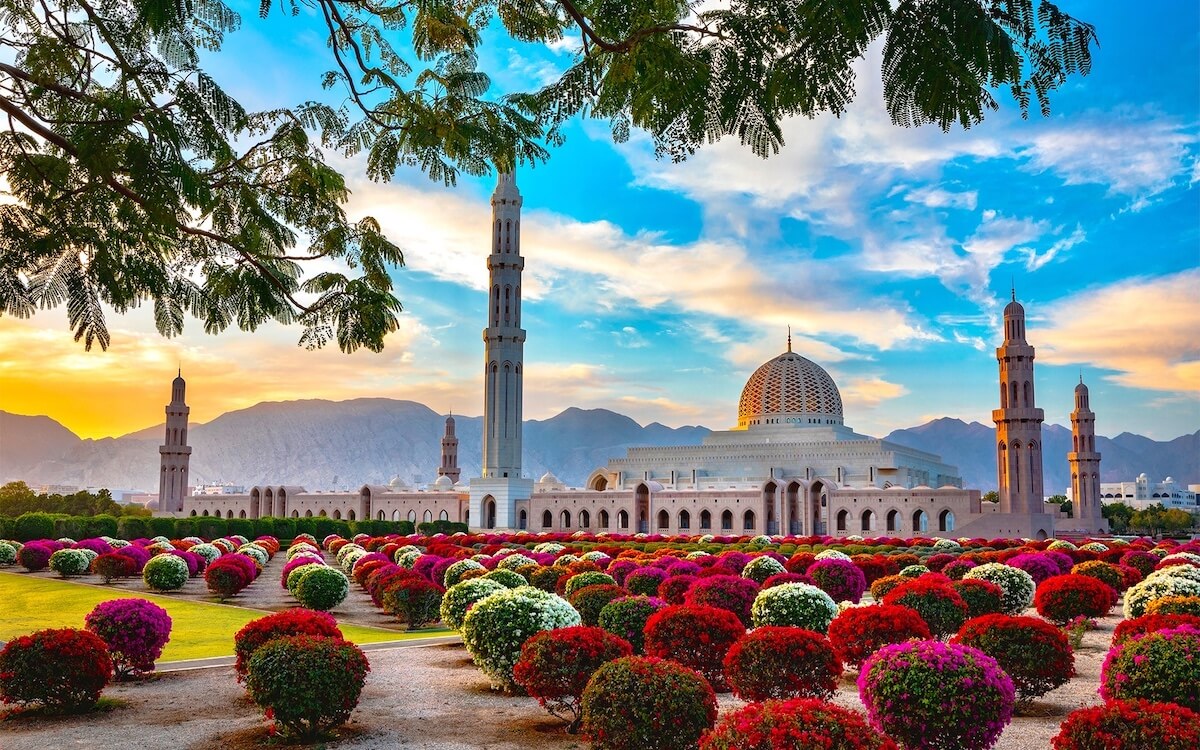
A Symbol of Omani Heritage
The mosque is dedicated to Sultan Qaboos bin Said, the visionary leader who modernized Oman while preserving the nation’s rich cultural heritage. The mosque stands as a tribute to his leadership and the values he instilled in Oman—unity, hospitality, and religious devotion. As a symbol of Oman’s commitment to modernization and preservation, the mosque beautifully reflects the country’s balance between tradition and progress.
A Unique Travel Experience
Visiting the Sultan Qaboos Grand Mosque offers an opportunity to not only admire its architectural beauty but also to gain insight into Islamic culture, enjoy Omani hospitality, and find moments of peace in a tranquil, sacred environment. Its stunning design and spiritual ambiance make it a must-see destination for anyone exploring Muscat and a highlight of any travel itinerary in Oman.
The Sultan Qaboos Grand Mosque is a true gem among Muscat attractions, offering visitors a perfect blend of history, spirituality, and artistic excellence. As one of the most important Oman tourist destinations, it provides a gateway into the country’s rich cultural fabric. Whether you come for the architecture, the tranquility, or the learning experience, this magnificent mosque leaves a lasting impression on all who visit.
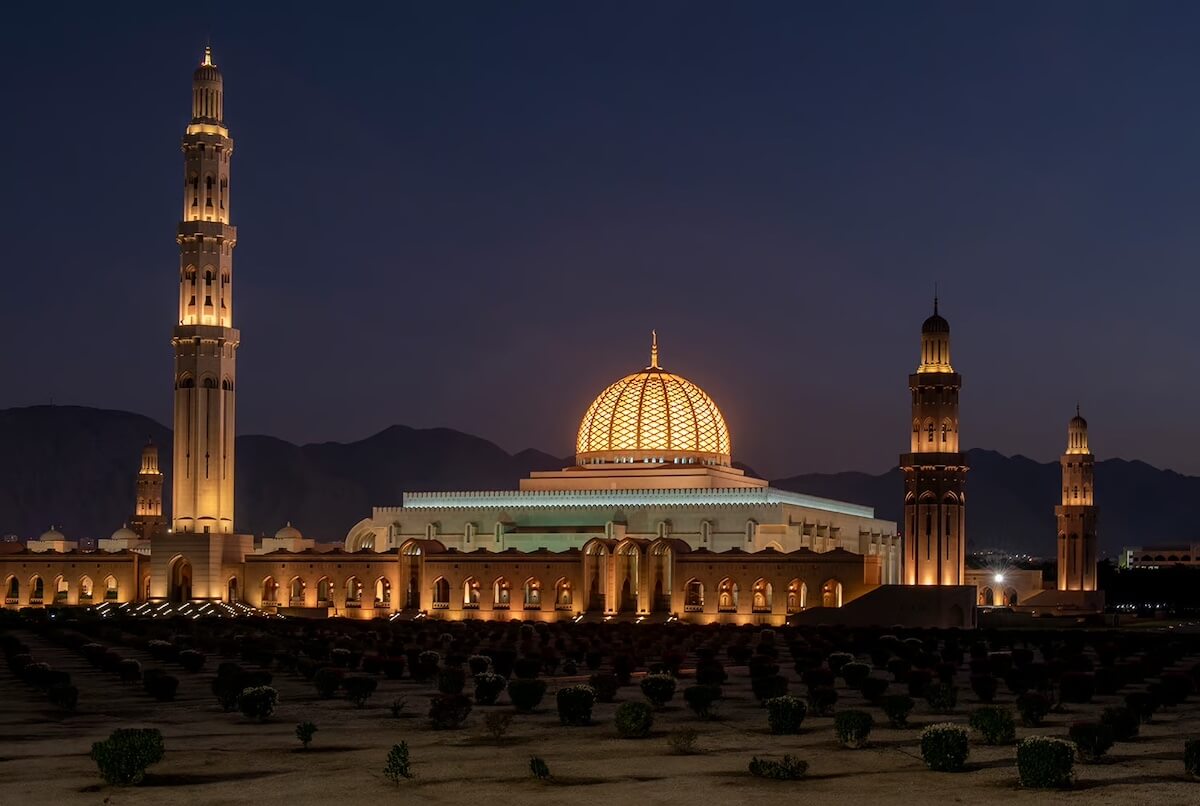 If you are planning a trip to Oman, make sure to add the Sultan Qaboos Grand Mosque to your itinerary—it is a place where tradition and modernity coexist in breathtaking harmony.
If you are planning a trip to Oman, make sure to add the Sultan Qaboos Grand Mosque to your itinerary—it is a place where tradition and modernity coexist in breathtaking harmony.


0 Comment